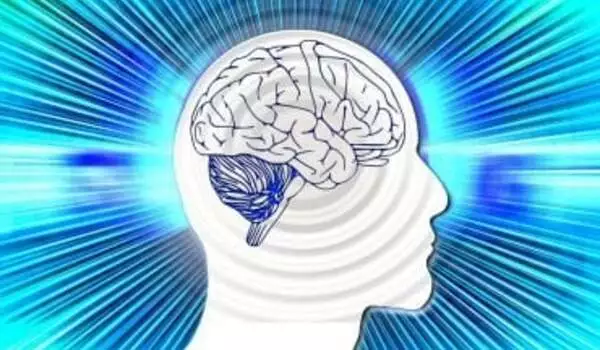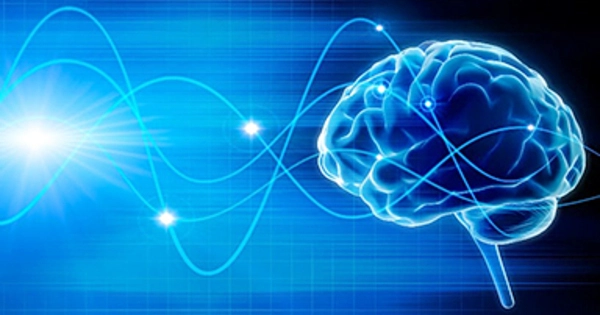There is some evidence to suggest that tuning into brainwave rhythms can indeed speed up learning in adults. Brainwave rhythms are the electrical patterns that are produced by the brain as it processes information, and different types of brainwave rhythms are associated with different mental states, such as alertness, relaxation, and focus.
The first study to show that delivering information at the natural tempo of our neural pulses improves our learning ability. Participants who received a simple 1.5-second visual cue at their personal brainwave frequency improved at least three times faster on a cognitive task. When researchers retested participants the next day, those who had improved faster were still as good as those who had not — the learning had stuck.
For the first time, scientists have demonstrated that briefly tuning into a person’s individual brainwave cycle before performing a learning task dramatically increases the rate at which cognitive skills improve.
According to the study’s authors, adjusting information delivery rates to match our brains’ natural tempo improves our ability to absorb and adapt to new information. According to researchers at the University of Cambridge, these techniques could help us retain “neuroplasticity” much later in life and advance lifelong learning.
Our hypothesis is that by matching information delivery to the optimal phase of a brainwave, we maximise information capture because this is when our neurons are at the height of excitability.
Prof Victoria Leong
“Each brain has its own natural rhythm, generated by the oscillation of neurons working together,” said Prof Zoe Kourtzi of Cambridge’s Department of Psychology, senior author of the study. “We simulated these fluctuations so that the brain is in tune with itself and in the best possible state to thrive.”
“The ability of our brain to restructure and learn new things, constantly building on previous patterns of neuronal interactions, is referred to as plasticity. It may be possible to improve flexible learning across the lifespan, from infancy to old age, by harnessing brainwave rhythms” Kourtzi explained.
The findings, which were published in the journal Cerebral Cortex, will be investigated as part of the Centre for Lifelong Learning and Individualised Cognition, a research collaboration between Cambridge and Singapore’s Nanyang Technological University (NTU).
Electroencephalography (EEG) sensors attached to the head were used by the neuroscientists to measure electrical activity in the brains of 80 study participants and sample brainwave rhythms.
The team measured alpha waves. When we are awake and relaxed, this wave frequency dominates the mid-range of the brainwave spectrum. Alpha waves have an oscillation frequency of eight to twelve hertz, with a full cycle every 85-125 milliseconds. Within that range, however, everyone has their own peak alpha frequency.
These readings were used by scientists to create an optical “pulse”: a white square flickering on a dark background at the same rate as each individual’s alpha wave. Participants were given a 1.5-second dose of personalized pulse to get their brain working at its natural rhythm – a technique known as “entrainment” – before being given a difficult quick-fire cognitive task: identifying specific shapes among a barrage of visual clutter.

A brainwave cycle has a peak and a trough. Some participants received pulses that corresponded to the peak of their waves, while others received rhythms that were either random or at the incorrect rate (a little faster or slower). The neuroscientists measured how quickly people improved by having each participant repeat over 800 variations of the cognitive task.
Those who were locked into the right rhythm learned at least three times faster than the other groups. Participants who learned much faster under entrainment maintained their higher performance level when they returned the next day to complete another round of tasks.
“It was exciting to uncover the specific conditions you need to get this impressive boost in learning,” said first author Dr. Elizabeth Michael, now at Cambridge’s Cognition and Brain Sciences Unit.
“The intervention itself is very simple, just a brief flicker on a screen, but it appears to have a strong and lasting effect when we hit the right frequency plus the right phase alignment.” Importantly, entrainment pulses must coincide with a brainwave’s trough. Scientists believe this is the point in the cycle when neurons are “highly receptive.”
“We have the impression that we are constantly paying attention to the world, but our brains take rapid snapshots and then our neurons communicate with each other to string the information together,” said co-author Prof Victoria Leong of NTU and Cambridge’s Department of Paediatrics.
“Our hypothesis is that by matching information delivery to the optimal phase of a brainwave, we maximize information capture because this is when our neurons are at the height of excitability.”
Previous work from Leong’s Baby-LINC lab shows that the brainwaves of mothers and babies will synchronize when they communicate. Leong believes the mechanism in this latest study is so effective because it mirrors the way we learn as infants.
“We are activating a mechanism that allows our brain to align to temporal stimuli in our environment, particularly communicative cues like speech, gaze, and gesture that are naturally exchanged during interactions between parents and babies,” Leong explained.
“When adults speak to young children, they use child-directed speech, which is slow and exaggerated. This study suggests that child-directed speech may be a natural way of matching and entraining children’s slower brainwaves to support learning.”
According to the researchers, while the new study focused on visual perception, these mechanisms are likely to be “domain general,” meaning they can be applied to a wide range of tasks and situations, including auditory learning.
They argue that while potential applications for brainwave entrainment may sound like science fiction, they are becoming more feasible. “Whereas our study made use of complex EEG machines, there are now simple headband systems that allow you to gauge brain frequencies quite easily,” Kourtzi explained.
“Children now spend a large portion of their time learning in front of screens. Brainwave rhythms could be used to improve aspects of learning for children who struggle in regular classrooms, possibly due to attention deficits.”
Other early applications of brainwave entrainment to improve learning could include training for professions that require quick learning and decision-making, such as pilots or surgeons. “Virtual reality simulations are now an effective component of training in many professions,” Kourtzi said. “Using pulses that sync with brainwaves in these virtual environments could give new learners an advantage or assist those retraining later in life.”
















